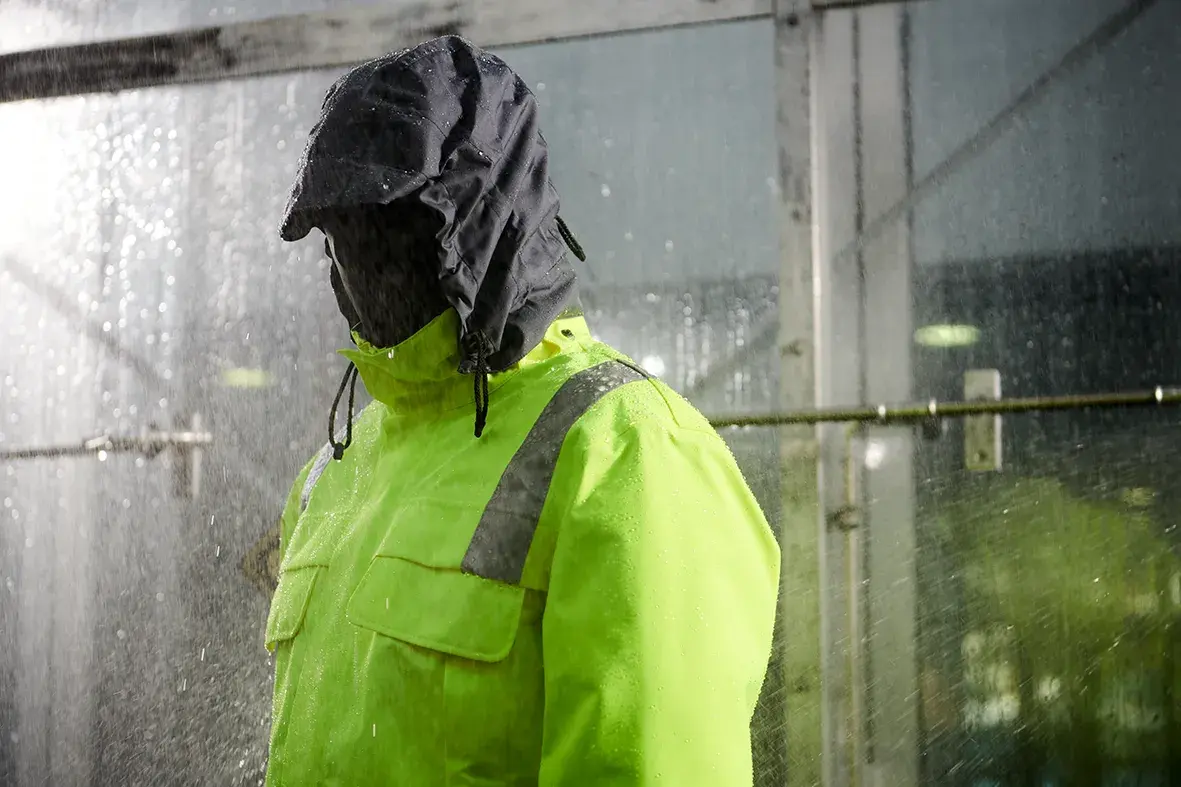Today, 1 September, marks the beginning of meteorological autumn in the northern hemisphere. Now is the time for the onion look. When the weather and temperatures are changeable, the layered look comes into its own. But: The individual layers of your outfit should not only be coordinated from a fashion point of view. Especially when it comes to functional and workwear, there are a few do's and don'ts to consider. Read on to find out how to perfect the layered look at work.
The onion principle comes into its own in the transitional season. Wearing several layers of clothing on top of each other ensures that you are well equipped when the weather or temperature changes. You can add or remove layers as needed.
Fashion magazines are full of styling tips on how to achieve the best layering look. Outdoor enthusiasts know the layering principle of base, middle and outer layers. But what about workwear?

Constant "operating temperature"
Hiking enthusiasts know that the best softshell jacket with a membrane is of little use on a challenging climb if you are wearing a long-sleeved cotton shirt underneath. The same applies to workwear. Workwear with "function" can do more if the individual layers are combined correctly. Only in this way can the layered look help to keep the body at a constant 'operating temperature', even in the changeable autumn weather. This is important for a strong immune system and helps to prevent hypothermia and colds, as well as pulled muscles or skeletal disorders in an emergency.

The onion principle in workwear offers three main benefits:
- Cold insulation due to trapped air between the layers of clothing
- Breathability including absorption and removal of sweat
- Weather adjustment by putting on or taking off individual layers of clothing
The bottom-up, effective onion principle
It all starts with choosing the right base layer, so that the onion principle is not already ineffective at the base.
The right absorbent underwear is essential, especially for sweaty, physical work. Cotton is not a good choice: it moves sweat slowly, which means that your body cools down quickly during breaks. Polyester or wool are better alternatives to cotton.
Mid-Layer and Outer Shell
Functional workwear only works when the individual textiles and layers are coordinated. While the base layer is responsible for wicking away sweat, the mid layer is responsible for providing good insulation. This is also known as the thermal or insulation layer. The purpose of the insulation layer is to trap heat as effectively as possible.
This is the domain of fleece or soft shell tops.

When choosing a midlayer, make sure it fits well. This means that the sleeves and back should not be too short and the armpits should not be too tight! The thermal layer should also be compatible with the base layer and outer shell.
If you choose products from the same range, for example from one of the CWS collections, there is good compatibility. The CWS soft shell jackets can also be zipped into the parka.
Important: the thinner the layer, the closer it should be to the body! Breathable shirts worn next to the skin should be cut closer to the body for the layered look and be tighter than the garments worn over them.
Garments with a functional membrane, such as GORE TEX® Windstopper®, should always be worn over garments without a membrane.
Last layer: Weather protection
In autumn and winter, the most important part of a layered look is undoubtedly the garment's moisture barrier, or "outer shell". Special outer materials prevent moisture from penetrating and keep the body dry. Provided the outer layer is breathable. If it is not, your body will get wet from your own perspiration and you run the risk of getting cold.
Important to know: Over time, the membrane can close up as dirt from the outside and sweat, body oils or sunscreen from the inside get trapped in the small pores of the membrane. The Outer Shell must therefore be washed regularly by a professional, otherwise it will not work!

The signs of a good wet weather garment

The EN 343 standard for weatherproof clothing defines waterproofness and body temperature as mandatory performance characteristics. These two parameters are each divided into 4 classes, with class 1 being the lowest and class 4 being the highest possible class. Class 4 is available from 2019, and you can recognise good rain jackets by these two values. You can recognise the standard itself by the pictogram: an open umbrella.
If there is an "R" next to the pictogram, the garment has been tested in the rain tower. This test is voluntary, but is carried out, for example, by CWS Workwear.
Extra tip Sustainability: Fair and regional production conditions and eco-friendly textile fibres help people and the environment. It is even better if all the layers of your workwear can be repaired and repaired without much technical effort. At CWS Workwear, we pay attention to this from the initial product idea to the final realisation of the garment.
